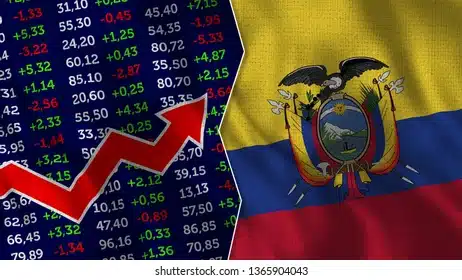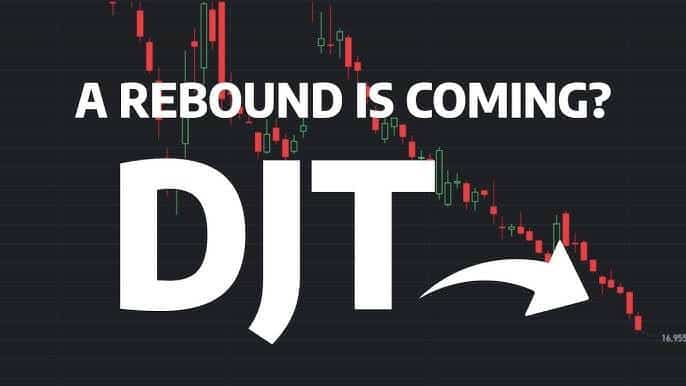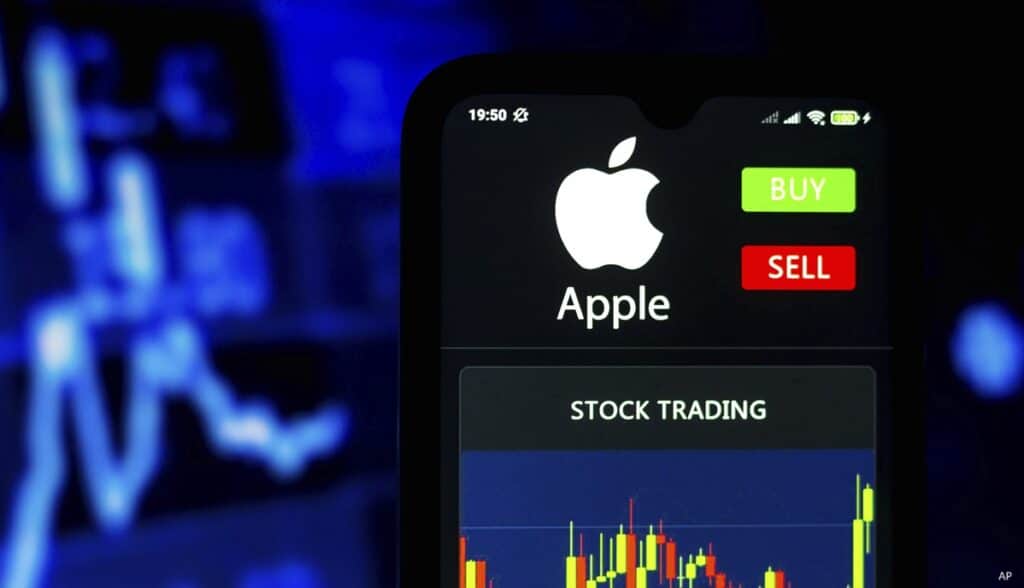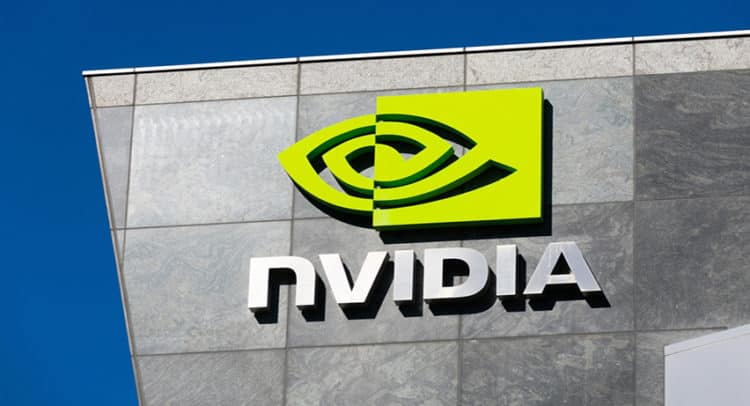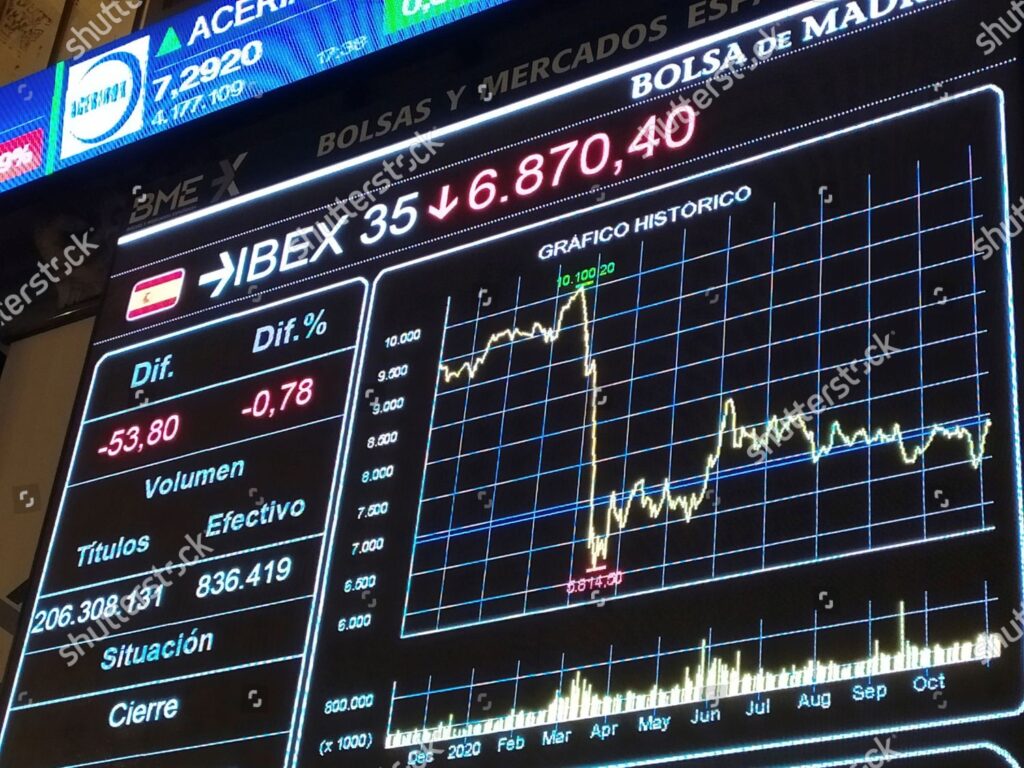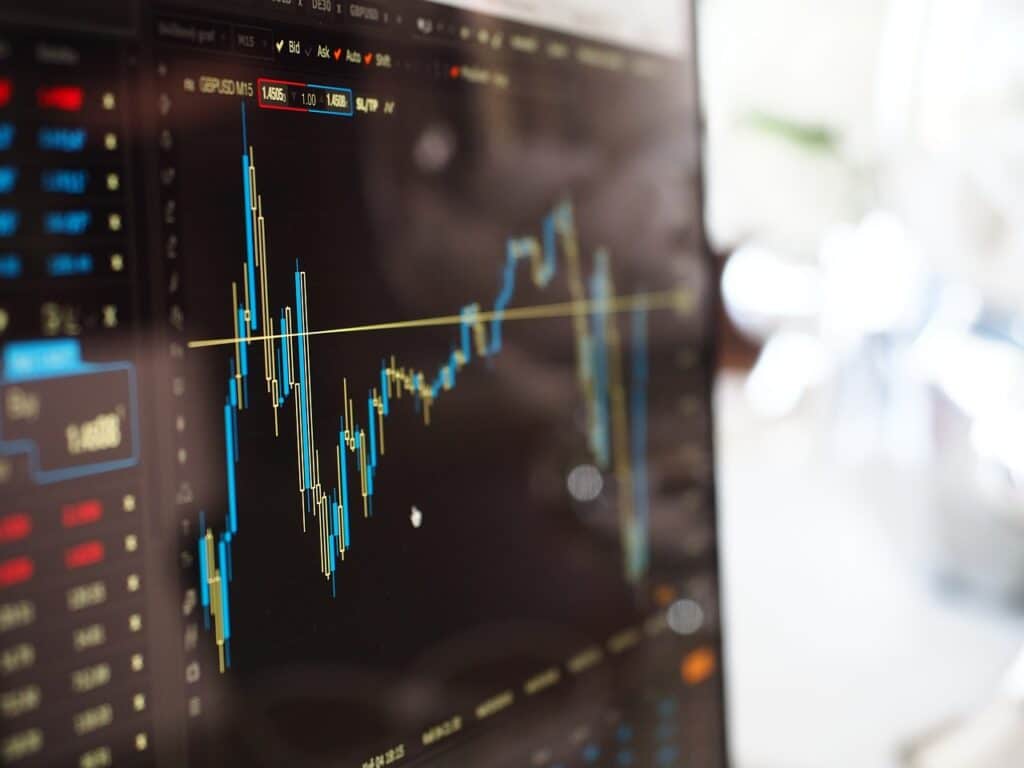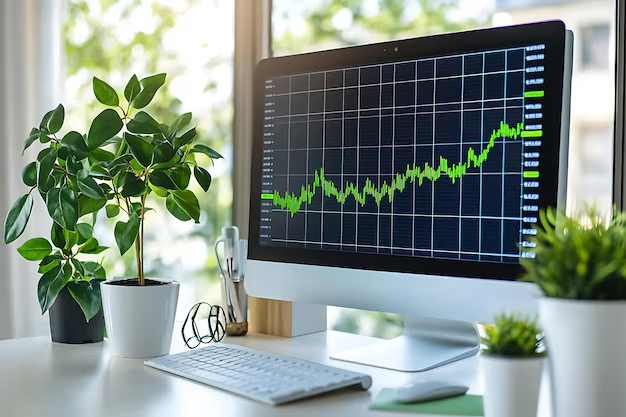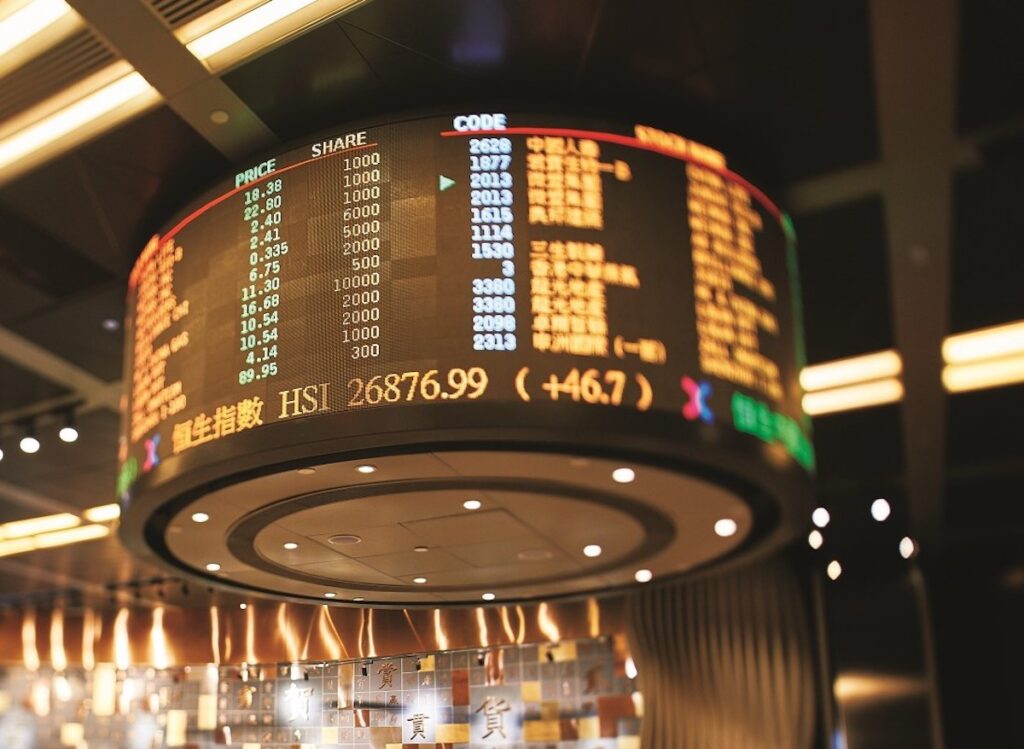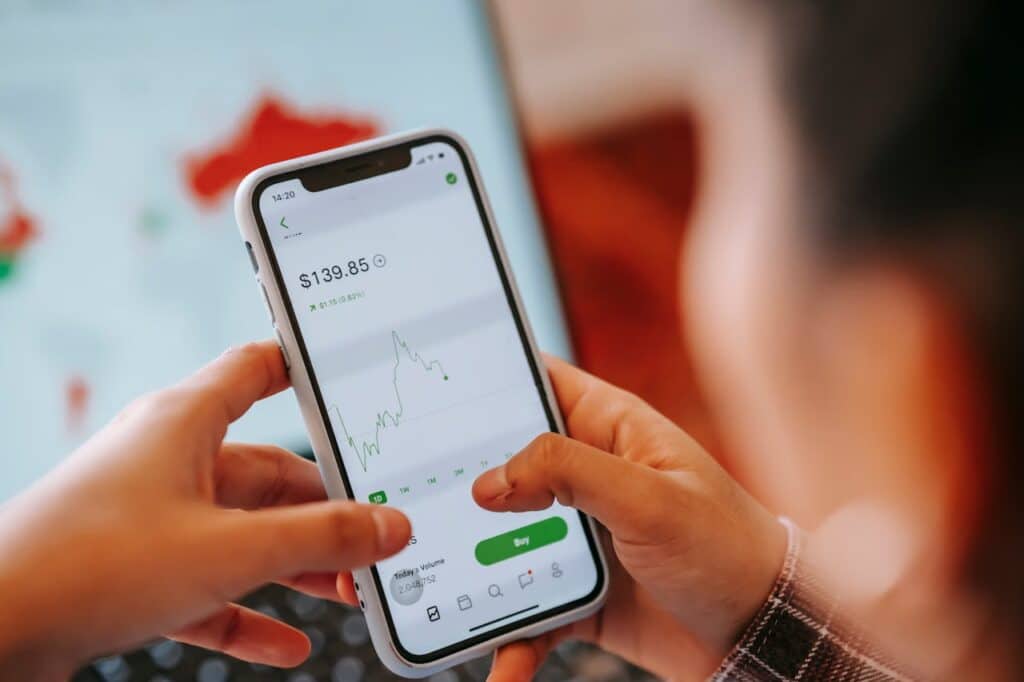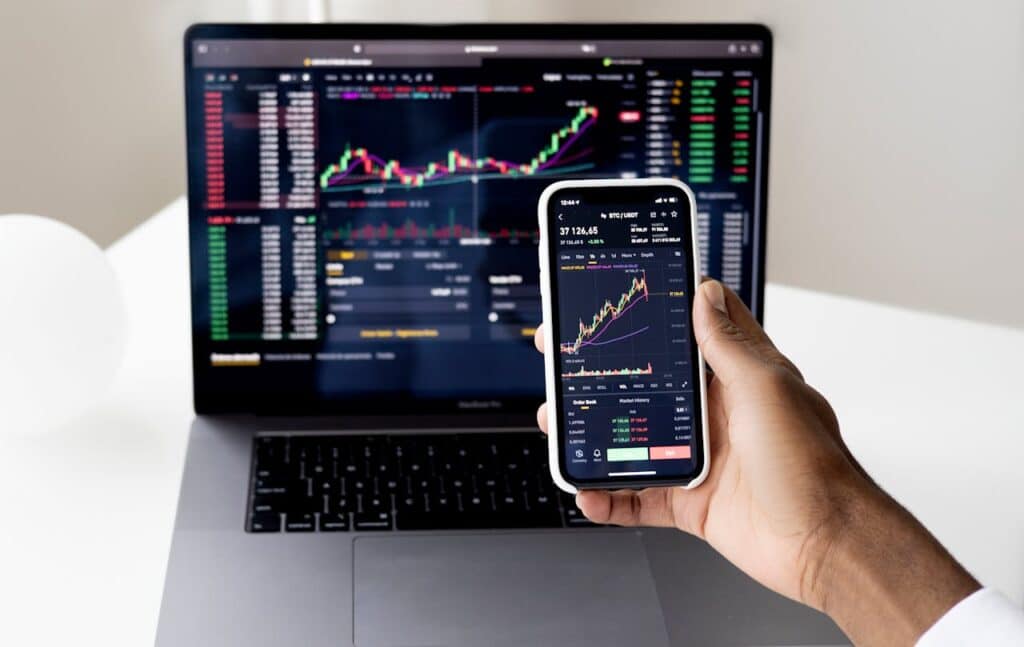Understanding the Ecuador Stock Exchange
The Bolsa de Valores de Quito (BVQ), or the Ecuador Stock Exchange, is the primary platform for trading equities, bonds, and other securities in the country. Established in 1969, the BVQ has undergone significant modernization and expansion in recent years, positioning itself as an increasingly attractive destination for both domestic and international investors.
The exchange operates under the oversight of the Superintendencia de Compañías, Valores y Seguros (SCVS), the regulatory body responsible for ensuring the integrity and transparency of the Ecuadorian capital markets. The BVQ offers a range of trading mechanisms, including an electronic trading system and a traditional open-outcry system, catering to the diverse needs of market participants.
Exploring Ecuadorian Equities and Securities
The Ecuadorian stock market offers a diverse range of investment opportunities, spanning various sectors and industries. From blue-chip companies to emerging growth stocks, the BVQ provides investors with the ability to build well-diversified portfolios that align with their investment objectives and risk profiles.
In addition to equities, the Ecuadorian capital markets also offer a range of fixed-income securities, including government and corporate bonds, as well as structured financial products. Understanding the nuances of these different asset classes and their respective risk-return profiles is crucial for investors seeking to optimize their Ecuadorian investment strategies.
Top list of stock index in Ecuador
- ECUADOR GENERAL INDEX (IGCE): The IGCE is the benchmark index for the Ecuadorian stock market, tracking the performance of the largest and most actively traded companies listed on the BVQ.
- ECUADOR SELECTED INDEX (ISCE): The ISCE is a more focused index that includes a select group of the most liquid and well-capitalized companies traded on the Ecuadorian exchange.
- ECUADOR SECTOR INDICES: The BVQ also offers a range of sector-specific indices, such as the ECUADOR INDUSTRIAL INDEX and the ECUADOR FINANCIAL INDEX, which allow investors to target specific industries or sectors within the Ecuadorian market.
These indices serve as valuable tools for investors to track the overall performance of the Ecuadorian stock market, as well as to benchmark the performance of their own investment portfolios.
Key Factors for Evaluating Investment Opportunities in Ecuador
When considering investment opportunities in the Ecuadorian stock market, there are several key factors to evaluate:
- Market Capitalization and Liquidity: Assess the size and trading volume of the companies you’re interested in to ensure sufficient liquidity and market depth.
- Financial Performance and Growth Potential: Analyze the financial statements, earnings history, and future growth prospects of the companies to identify those with strong fundamentals.
- Regulatory and Political Environment: Stay informed about the evolving regulatory landscape and political dynamics in Ecuador, as they can significantly impact the investment climate.
- Diversification and Risk Management: Develop a well-diversified portfolio that balances your exposure to different sectors, industries, and asset classes to mitigate risk.
- Macroeconomic Indicators: Monitor key economic indicators, such as GDP growth, inflation, and currency fluctuations, to understand the broader economic trends that may affect your investments.
By carefully considering these factors, you can make more informed investment decisions and position your portfolio for long-term success in the Ecuadorian stock market.
Market Performance and Capitalization in the Ecuadorian Stock Market
The Ecuadorian stock market has demonstrated a mixed performance in recent years, with periods of growth and volatility. The IGCE, the benchmark index for the BVQ, has experienced both upswings and downturns, reflecting the dynamic nature of the Ecuadorian economy and the broader regional and global market conditions.
In terms of market capitalization, the Ecuadorian stock market is relatively small compared to other South American exchanges. However, it has been steadily growing, with several large, publicly traded companies contributing to the overall market value. As the Ecuadorian economy continues to evolve and attract more domestic and foreign investment, the market capitalization of the BVQ is expected to expand, offering greater opportunities for investors.
Investing in Initial Public Offerings (IPOs) in Ecuador
The Ecuadorian stock market has seen a steady stream of initial public offerings (IPOs) in recent years, as companies seek to raise capital and access the public markets. IPOs can present unique investment opportunities, as they often provide access to high-growth, emerging companies with strong future potential.
When evaluating IPO investments in Ecuador, it’s crucial to conduct thorough research on the company, its management team, industry dynamics, and growth prospects. Additionally, understanding the regulatory requirements and pricing mechanisms for Ecuadorian IPOs is essential to making informed investment decisions.
Trading Volume and Liquidity in the Ecuadorian Stock Market
The trading volume and liquidity in the Ecuadorian stock market can vary across different stocks and sectors. Some of the more actively traded and liquid stocks tend to be those of the larger, well-established companies, such as Corporación Favorita and Banco Pichincha.
Investors should carefully assess the trading volume and liquidity of the specific stocks they are interested in, as this can impact their ability to enter and exit positions effectively. Lower liquidity may lead to wider bid-ask spreads and potentially higher transaction costs, which should be factored into the overall investment strategy.
Exploring Mutual Funds and Portfolio Diversification in Ecuador
In addition to direct investments in Ecuadorian equities, the Ecuadorian stock market also offers opportunities for investors to access the market through mutual funds and other pooled investment vehicles. These funds can provide exposure to a diversified portfolio of Ecuadorian stocks, bonds, and other securities, potentially reducing the risk associated with individual stock selection.
When exploring mutual fund options in Ecuador, it’s important to evaluate the fund’s investment strategy, management team, fees, and performance history to ensure alignment with your investment objectives and risk tolerance. Diversifying your Ecuadorian investments across different mutual funds and asset classes can also help to mitigate overall portfolio risk.
Foreign Investment in the Ecuadorian Stock Market
The Ecuadorian stock market has historically attracted a mix of domestic and foreign investors, each with their own unique investment strategies and risk profiles. As the market continues to evolve and become more accessible to international investors, the influx of foreign capital is expected to play an increasingly important role in shaping the market’s dynamics and performance.
For foreign investors, navigating the Ecuadorian stock market may present some unique challenges, such as understanding the regulatory environment, navigating currency exchange considerations, and accessing reliable market information. Partnering with local financial advisors or brokers can be a valuable strategy for foreign investors seeking to capitalize on the opportunities in the Ecuadorian stock market.
Investing in Ecuadorian Bonds and Fixed-Income Securities
In addition to equities, the Ecuadorian capital markets offer a range of fixed-income securities, including government bonds and corporate bonds. These fixed-income investments can provide investors with a more stable and predictable stream of returns, potentially serving as a complement to their equity holdings.
When evaluating Ecuadorian bond investments, it’s crucial to assess the creditworthiness of the issuer, the bond’s maturity and yield, and the broader macroeconomic and political factors that may impact the bond’s performance. Diversifying your fixed-income portfolio across different issuers and maturities can help to manage risk and optimize your overall investment returns.
Overview of Capital Markets and Financial Regulations in Ecuador
The Ecuadorian capital markets are governed by a regulatory framework overseen by the Superintendencia de Compañías, Valores y Seguros (SCVS). This regulatory body is responsible for ensuring the integrity, transparency, and stability of the Ecuadorian financial system, including the stock exchange and other capital market activities.
Investors in the Ecuadorian stock market should familiarize themselves with the relevant laws, regulations, and reporting requirements that apply to their investments. This understanding can help navigate the compliance landscape and mitigate potential legal or regulatory risks.
Analyzing Market Trends and Economic Indicators in Ecuador
To make informed investment decisions in the Ecuadorian stock market, it’s crucial to closely monitor the country’s economic indicators and market trends. This includes tracking factors such as GDP growth, inflation rates, unemployment levels, and consumer spending patterns, as well as analyzing the performance of key industries and sectors.
By staying up-to-date with the latest economic and market data, you can better anticipate potential changes in the investment climate and adjust your portfolio accordingly. This information can also help you identify emerging investment opportunities and potential risks that may arise in the Ecuadorian stock market.
Evaluating Ecuadorian Companies for Investment
When selecting Ecuadorian companies for your investment portfolio, it’s essential to conduct a thorough evaluation of their financial performance, growth potential, and competitive positioning. This analysis should include a review of the company’s financial statements, management team, industry dynamics, and future business strategies.
Key metrics to consider when evaluating Ecuadorian companies include profitability ratios, debt levels, growth rates, and market share. Additionally, it’s important to assess the company’s corporate governance practices, as well as its alignment with your investment objectives and risk tolerance.
Choosing a Stock Broker in Ecuador
Selecting the right stock broker is a crucial step in navigating the Ecuadorian stock market. When choosing a broker, consider factors such as their regulatory compliance, trading platform capabilities, research and advisory services, and overall reputation within the Ecuadorian financial community.
It’s also important to understand the broker’s fee structure, including commissions, account maintenance fees, and any other charges that may impact your investment returns. By working with a reputable and experienced stock broker, you can ensure that your Ecuadorian investments are managed efficiently and in accordance with your investment strategy.
Conducting Financial Analysis in the Ecuadorian Stock Market
Effective financial analysis is essential for making informed investment decisions in the Ecuadorian stock market. This process involves thoroughly examining a company’s financial statements, valuation metrics, and market positioning to assess its investment potential.
Key elements of financial analysis for Ecuadorian stocks may include:
- Financial Statement Analysis: Reviewing the company’s income statements, balance sheets, and cash flow statements to understand its financial health and performance.
- Valuation Metrics: Calculating ratios such as price-to-earnings (P/E), price-to-book (P/B), and dividend yield to determine the company’s relative valuation.
- Industry and Competitive Analysis: Evaluating the company’s competitive positioning within its industry, as well as the overall market dynamics and trends.
- Risk Assessment: Identifying and quantifying the potential risks associated with the investment, including market, operational, and regulatory risks.
By conducting a comprehensive financial analysis, you can make more informed and data-driven investment decisions in the Ecuadorian stock market.
Unlocking Investment Opportunities in the Ecuadorian Stock Market
The Ecuadorian stock market presents a unique and dynamic investment landscape for those seeking to diversify their portfolios and capitalize on the growth potential of this South American economy. By understanding the key players, market trends, and regulatory environment, you can navigate the Ecuadorian stock market with confidence and unlock a world of investment opportunities.
To get started on your Ecuadorian investment journey, consider connecting with a local financial advisor or broker who can provide personalized guidance and support. With the right strategy and a commitment to thorough research, you can position your portfolio for success in the Ecuadorian stock market.

